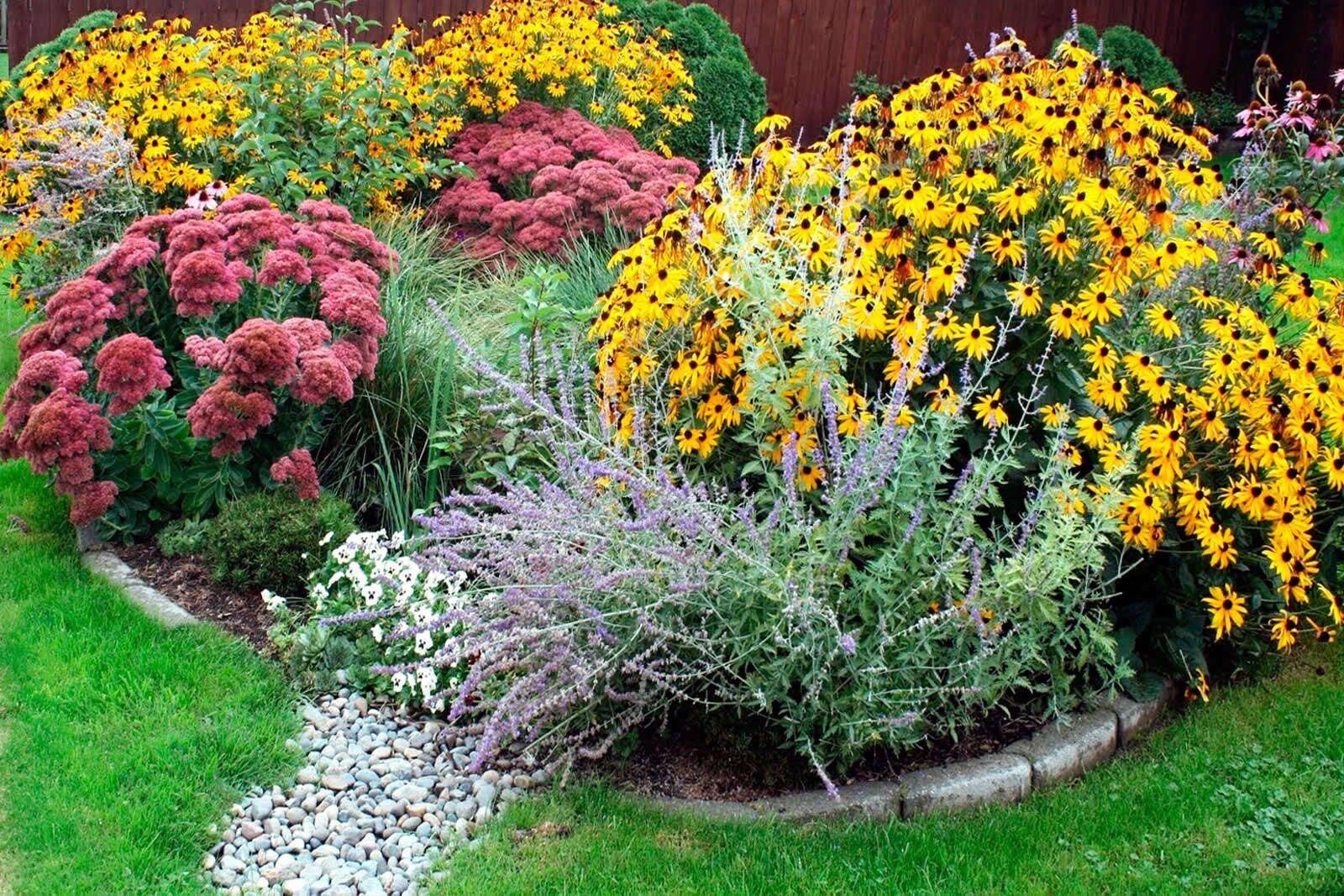
Understanding Rain Garden and Their Plants
Rain gardens are specially designed landscapes that collect and absorb rainwater runoff from impervious surfaces like roofs, driveways, and sidewalks. They serve as an effective method for managing stormwater, reducing pollution, and enhancing local biodiversity. The plants selected for rain gardens must be able to thrive in fluctuating moisture conditions—from periods of drought to temporary flooding.
What is a Rain Garden?
A rain garden is typically a shallow depression that allows rainwater to pool temporarily before it soaks into the ground. This design helps to filter pollutants from the water, allowing cleaner water to enter the groundwater system. Rain gardens can reduce stormwater runoff by up to 90%, making them an essential feature in sustainable landscaping practices.
Benefits of Rain Gardens
- Pollution Reduction: They filter out contaminants from rainwater before it enters local waterways.
- Biodiversity Enhancement: Native plants attract various species of birds, butterflies, and beneficial insects.
- Water Management: They help mitigate flooding by absorbing excess rainfall.
- Aesthetic Appeal: Rain gardens can be beautiful additions to any landscape.
Selecting Plants for Rain Gardens
Key Considerations
- Moisture Tolerance: Choose plants that can withstand both wet and dry conditions.
- Native Species: Native plants are better adapted to local climates and soil conditions, requiring less maintenance.
- Diversity: A mix of perennials, shrubs, and grasses can create a more resilient ecosystem.
- Avoid Invasive Species: These can outcompete native plants and disrupt local ecosystems.
Plant Categories
Plants for rain gardens can be categorized based on their moisture tolerance:
- Wet Tolerant Plants: Thrive in consistently moist conditions.
- Mesic Plants: Prefer moderate moisture levels.
- Drought Tolerant Plants: Adapted to survive with minimal water.
Recommended Plants
Here’s a table summarizing some recommended plants for rain gardens:
| Plant Name | Type | Sun Requirement | Moisture Tolerance |
|---|---|---|---|
| Hemerocallis spp. | Perennial | Full Sun | Wet/Dry |
| Hibiscus moscheutos | Perennial | Full Sun | Wet |
| Carex spp. | Grass | Part Shade | Wet/Dry |
| Rudbeckia hirta | Perennial | Full Sun | Wet/Dry |
| Ilex glabra | Shrub | Part Shade | Wet/Dry |
| Asclepias incarnata | Perennial | Full Sun | Wet |
Sources for Plant Selection
For detailed plant lists and guidelines on choosing plants suitable for rain gardens, you can refer to the following resources:
- Penn State Extension
- Rain Garden Alliance
Maintenance of Rain Gardens
Maintaining a rain garden involves minimal effort once established. Here are some essential maintenance tips:
- Weeding: Regularly remove invasive weeds that may compete with your chosen plants.
- Watering: Newly planted areas may need supplemental watering until established.
- Monitoring Plant Health: Replace any dead or struggling plants as needed.
Designing a Rain Garden
Site Selection
Choosing the right location for your rain garden is crucial for its effectiveness. Consider the following factors:
- Proximity to Runoff Sources: Place the garden near downspouts, driveways, or other areas where water collects.
- Soil Type: Conduct a soil test to determine drainage capacity. Sandy soils drain well, while clay soils may require amendments.
- Sunlight Exposure: Assess how much sunlight the area receives daily. Most rain garden plants thrive in full sun to partial shade.
Size and Shape
The size of your rain garden should be proportional to the area from which it collects runoff. A general guideline is to make the garden about 20% of the area draining into it. The shape can be naturalistic or more formal, depending on your landscape style.
Design Elements
- Berms and Swales: Create slight mounds (berms) around the edges to direct water into the garden. Swales can help channel water towards the garden.
- Layering Plants: Use taller plants in the back or center and shorter ones at the front for visual interest and effective water absorption.
- Mulching: Apply a layer of mulch to retain moisture, suppress weeds, and improve aesthetics.
FAQs About Rain Garden Plants
What types of plants are best for a rain garden?
Native perennials, shrubs, and grasses that tolerate wet conditions are ideal choices for rain gardens.
How deep should a rain garden be?
Typically, a rain garden should be 6 to 12 inches deep to effectively manage runoff.
Can I plant trees in my rain garden?
It is generally advised to avoid planting large trees as they absorb significant amounts of water, which may affect the overall function of the garden.
How often should I maintain my rain garden?
Once established, maintenance is minimal—mostly weeding and occasional watering during dry spells.
What is the best time to plant in a rain garden?
The best time to plant is during the spring or fall when temperatures are moderate and rainfall is more consistent.
Conclusion
Rain gardens offer numerous environmental benefits while enhancing the beauty of landscapes. By selecting appropriate native plants that thrive in varying moisture conditions, homeowners can create effective systems for managing stormwater runoff while fostering local biodiversity.


